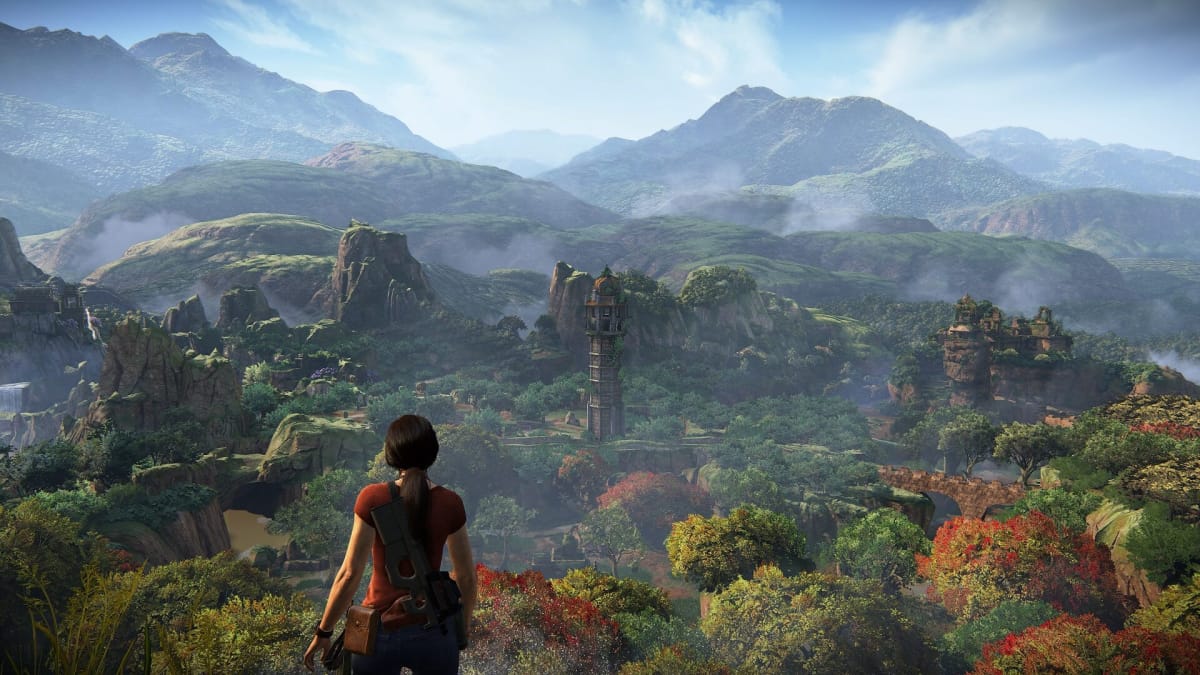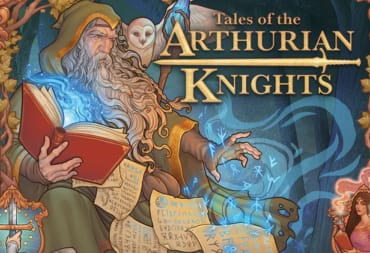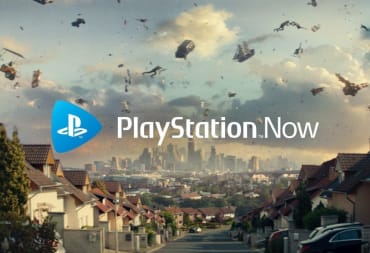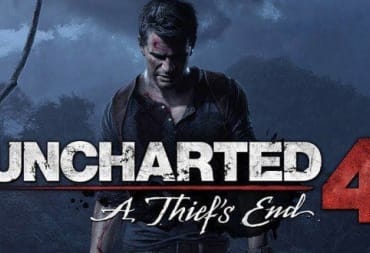Nearly a year after The Last of Us Part II's 60 fps patch, Naughty Dog's other PS4 efforts have received native next-generation support. Uncharted: Legacy of Thieves bundles Uncharted 4 and Uncharted: The Lost Legacy with multiple performance options. Available as a separate retail purchase or a $10 upgrade for existing owners, this release invites closer scrutiny than a backwards-compatibility patch. Coming from one of Sony's most talented studios, what kind of experience can consumers expect from this remastered collection?
For a link to a Google Drive folder with more images, full-resolution PNGs, and split-screen comparisons, click here. Only a few performance mode screenshots were included because settings are largely identical to fidelity mode.
Uncharted: Legacy of Thieves - Performance or Fidelity?
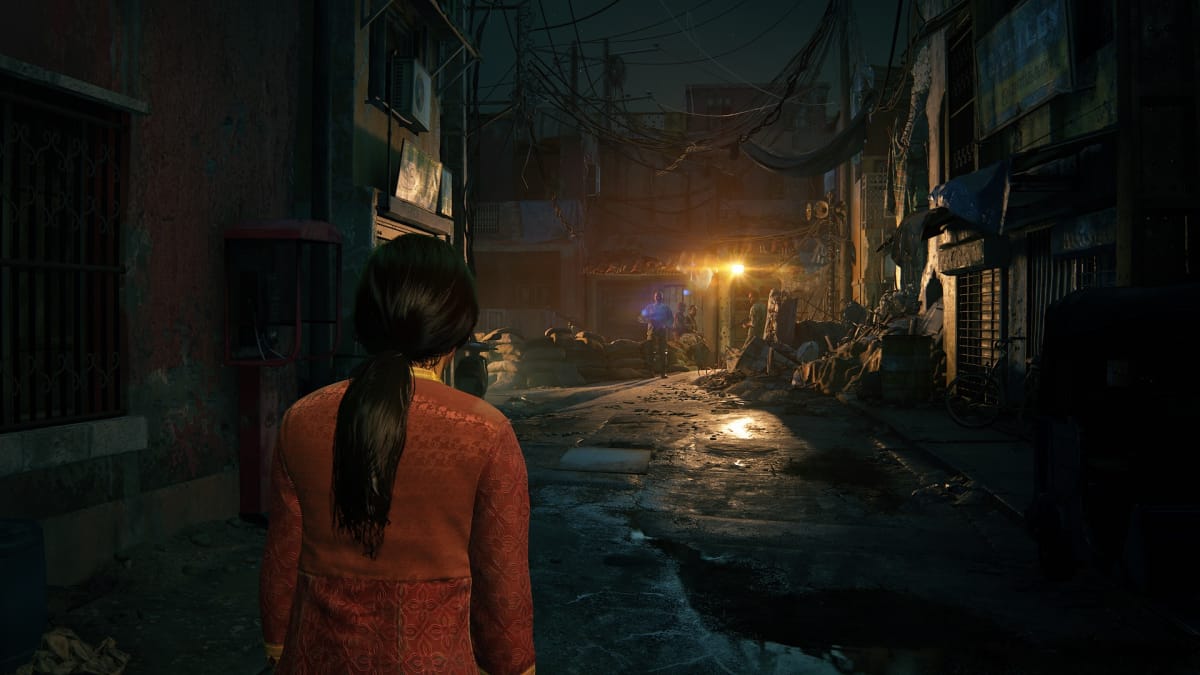
It's worth noting that I do not have access to a 120Hz screen, therefore I was incapable of testing the performance+ mode, which Naughty Dog claims runs at 1080p while targeting 120 frames per second. Aside from that, there's a fidelity mode targeting 30 fps at 4K along with a standard performance mode that runs at 60 fps.
In the modern era of 4K resolution targets and high-quality reconstruction techniques, the fidelity mode's image quality does not hold up as well as its contemporaries like Marvel's Guardians of the Galaxy or either Spider-Man game in their respective fidelity modes. There is a marked improvement in image quality over the PS4 Pro, but it retains a softer look than PS5 owners are used to with remasters and cross-gen titles. This is likely down to Naughty Dog's Temporal Anti-Aliasing implementation. With that said, Uncharted has never looked better, impressing more than many games released today. However, as you'll find out, this is more of a testament to the original release's assets than the quality of the remaster.
Performance mode drops resolution in favor of a higher frame-rate target. The reduced latency certainly helps in a game that's so animation driven, making everything from traversal to combat feel much more responsive. For those that aren't bothered by the resolution sacrifice, there are next to no discernible differences in visual settings between fidelity and performance mode. The largest difference stems from a minor drop-off in distant shadow quality. Texture filtering also takes a slight dip, though this is more likely a side effect of the lower rendering resolution than anything else.
Both of these changes are so subtle that the average person won't notice them during general gameplay. In the case of distant shadow quality, this only notably manifested during the prison escape sequence in Uncharted 4 as Sam. Outside of this, resolution and frame rate is the only discernible difference between the modes.
What Has Changed in the Uncharted: Legacy of Thieves Collection?
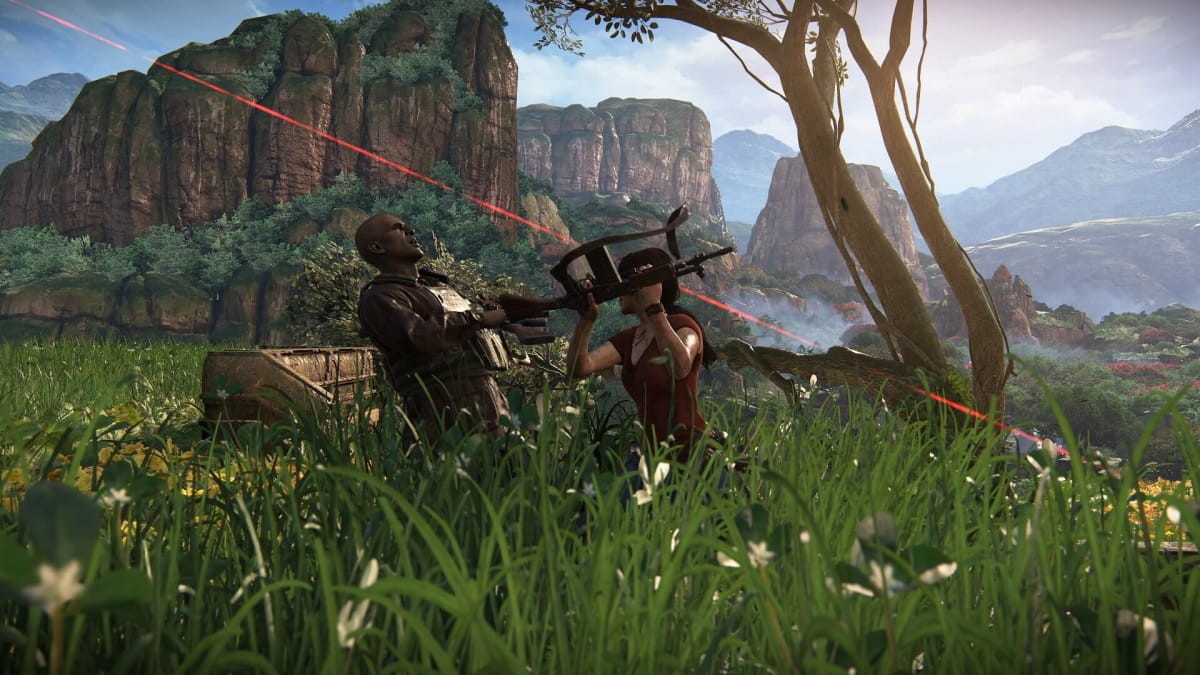
This is where the comparisons get much more interesting. Given Naughty Dog's history with pushing technical boundaries, dating back to the original PlayStation, there are high hopes regarding this remaster. No one is expecting it to look like a native PlayStation 5 game, but something along the lines of Uncharted: The Nathan Drake Collection or even The Last of Us Remastered seems reasonable. Both remastered releases made wholesale changes to artwork and geometry among other upgrades.
Unfortunately, Uncharted: Legacy of Thieves may just be one of the most barebones remasters in recent memory. The majority of visual settings remain untouched. Most aspects of rendering such as lighting, shadow quality, and volumetrics remain virtually unchanged from the PS4 Pro code. Even the spotty shadow cascades remain in place, showing a clear divide between a lower and higher resolution shadow map near the camera.
Reflections are an interesting point of comparison as cube mapped reflections are identical, rendering at the same low resolution as the original release. Considering they were among the few blemishes on such a polished duology, the lack of improvement is disappointing. Screen space reflections, which show up here and there, do manifest ever so slightly differently. In one scene, I noted a set of tree trunks resolved differently on PlayStation 5 compared to PS4 Pro. Every other object in the reflection appeared identical, however. Given the nature of SSR, this minor difference could be down to me not matching the exact player and camera positioning.
Texture quality also remains identical across the board. Any additional detail you're seeing is down to the higher rendering resolution resolving detail that always existed within the artwork. While disappointing, texture quality was never the biggest area for concern with these titles. If anything, Uncharted: Legacy of Thieves makes a case for how transformative a simple resolution boost can be to the perception of asset quality.

The only objective improvements come down to foliage draw distance and a slight tweak to level of detail. During Uncharted 4's approach to Madagascar, you'll notice tufts of grass rendered further into the distance on both performance and fidelity modes. There's also a cairn visible in frame on PS5 that's absent on PS4 Pro from the same distance. In another scene during Uncharted 4's third chapter, a single rock formation is rounded out with additional geometry on PS5.
These minor refinements are nice to have, but do little to give the impression of a truly enhanced Uncharted experience. Naughty Dog would have been better served cleaning up blemishes like the low resolution reflections, often pixelated shadows, and chunky volumetrics. Instead, resources were spent on settings that didn't need additional work.
Another point of contention stems from the performance mode. Naughty Dog's official press spec sheet states that performance mode is running at 1440p, which is then upscaled to 4K. We have our doubts concerning these figures, though. Comparing the PS4 Pro and PS5 performance modes side by side, there is a clear edge in image quality on Sony's mid-gen refresh.
The PS4 Pro consistently resolves more detail in artwork than PS5's performance mode. If the 1440p figure can be taken at face value, then that might mean the team is using a more aggressive form of TAA or some form of dynamic resolution scaling. The PS4 Pro exhibits more aliasing in some scenes whereas the PS5 performance mode shows more jagged edges in other scenes. Regardless of this conspicuous trading of blows, the PS4 Pro turns in a sharper image across the board. On the plus side, the PS5 performance mode employs slightly higher quality texture filtering. This means textures viewed at a distance or from oblique angles will retain clarity better than the PS4 Pro version. With that said, the overall image is sharper on Sony's last-gen machine.
Uncharted: Legacy of Thieves - What About the DualSense?
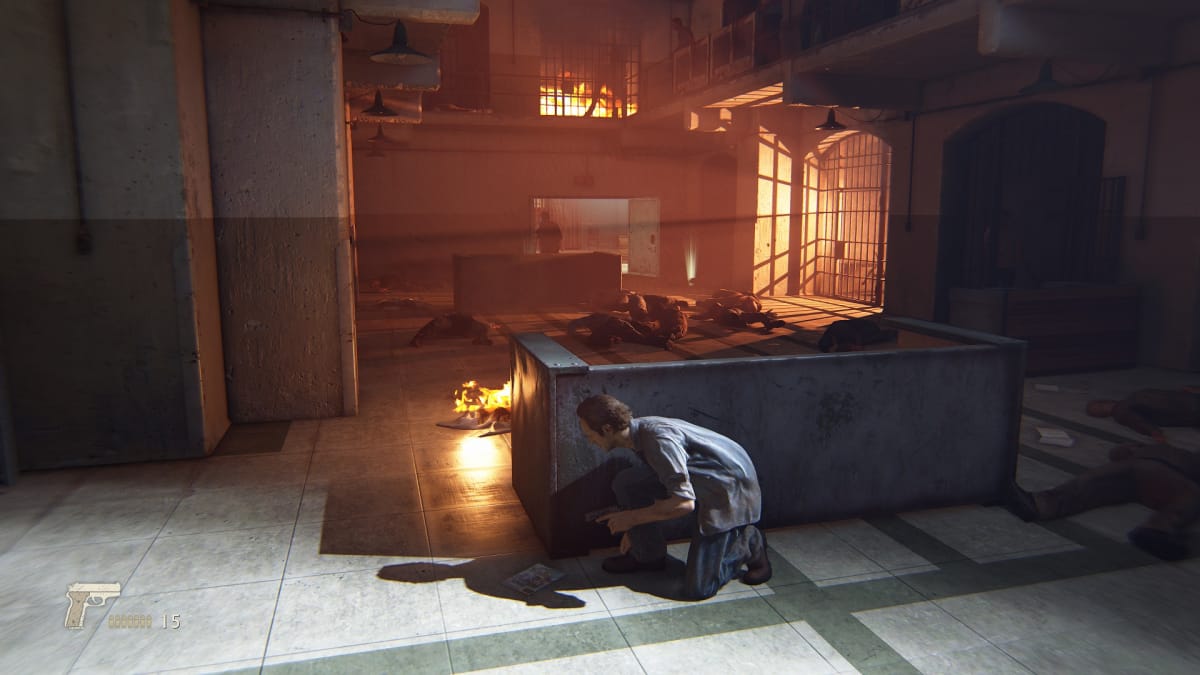
The DualSense implementation adds more to the overall experience than the light visual upgrades. Practically every action is accompanied by some sort of rumble or trigger resistance. Whether it's climbing, jumping, reloading, shooting, or even switching weapons, everything provides an extra layer of feedback.
It's the kind of subtle difference that barely registers after about an hour of gameplay, but you'll miss it when it's gone. The lack of DualSense features ended up being the most jarring difference when switching between consoles to capture screenshots. You'll miss the subtle rumble across the entire controller when it's raining or the way the triggers push back slightly with every bullet fired.
In the case of Uncharted: The Lost Legacy, these DualSense features smoothed out the treasure hunting experience. After acquiring the optional Queen's Ruby bracelet, the controller's rumble intensity adjusts depending on how close you are to a treasure. On PlayStation 4, the only feedback came in the form of a ringing sound and a slight vibration when you were near the treasure in question. The robust DualSense implementation streamlines the process of attempting 100% completion in a positive way.
It won't win any awards for innovation, but its subtle use slots so seamlessly into the experience that you'll wonder how you ever played it without the DualSense. It just feels natural.
The Next-Gen Difference of Uncharted: Legacy of Thieves
Uncharted: Legacy of Thieves is difficult to recommend. It isn't an egregious remaster that takes notable steps back outside of the missing multiplayer (which is a different conversation for another time). If a remaster's objective is to fix the original's blemishes, Uncharted: Legacy of Thieves doesn't do that. The worst aspects of its rendering remain in place to make room for inconsequential adjustments. Performance mode is great to have, but disappoints with softer image quality than the PS4 Pro version. Surprisingly, the DualSense features ended up making the biggest difference to the overall package.
The experience you're getting here feels more in line with a free backwards compatibility patch rather than a native port that charges customers. This might have been fine for a lesser franchise, but this is one of Sony's biggest intellectual properties. Smaller studios with more constrained resources have pushed out more significant remasters and free upgrades during this transitional period, including Metro Exodus: Enhanced Edition and Judgment Remastered. Uncharted, with its technical lineage, deserves better than what fans are getting with Uncharted: Legacy of Thieves.
Have a tip, or want to point out something we missed? Leave a Comment or e-mail us at tips@techraptor.net
